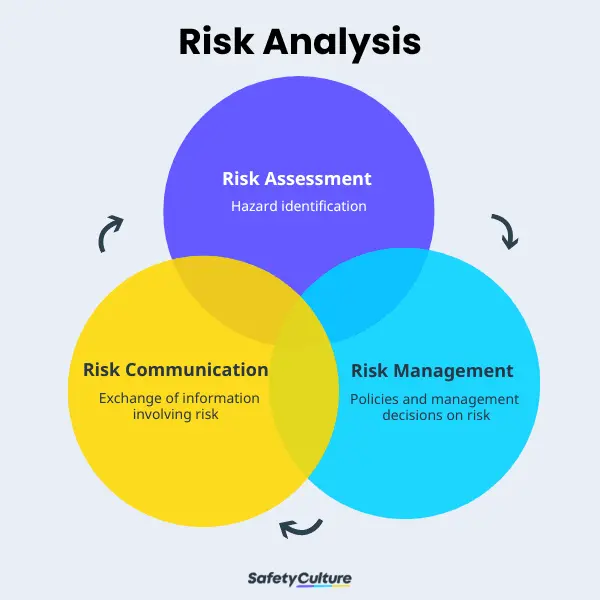The Function and Importance of Risk Management in Ensuring Corporate Continuity
The Function and Importance of Risk Management in Ensuring Corporate Continuity
Blog Article
The Relevance of Recognizing the Significance of Risk Management in Numerous Industries

The Core Idea of Risk Management and Its Function
Risk Management, the cornerstone of many markets, pivots on the recognition, examination, and mitigation of uncertainties in a company environment. By properly recognizing potential risks, services can develop strategies to either protect against these dangers from happening or minimize their influence. As soon as dangers have actually been determined and assessed, the mitigation process entails designing techniques to reduce their possible influence.
Advantages of Implementing Risk Management in Business Procedures

Unveiling the Function of Risk Management in Different Industries
While every industry faces its unique collection of threats, the execution of Risk Management techniques continues to be a typical in their quest of sustainability and development. In the health care field, Risk Management involves guaranteeing person safety and data security, while in money, it involves mitigating financial investment risks and guaranteeing governing conformity (importance of risk management). Building companies concentrate on employee security, job hold-ups, and budget overruns. In the technology market, business minimize cybersecurity threats and modern technology obsolescence. Ultimately, the duty of Risk Management throughout sectors is to recognize, evaluate, and reduce dangers. It is an essential part of critical preparation, making it possible for organizations to shield their properties, optimize opportunities, and achieve their goals.
Real-life Instance Research Studies Showing Effective Risk Management
To comprehend the value of Risk Management in these numerous sectors, one can aim to numerous real-life circumstances that show important source the successful application of these procedures. For circumstances, in the power field, British Oil established Risk reduction prepares post the 2010 Gulf of Mexico oil spill. They applied better security procedures and more stringent regulations which considerably reduced additional mishaps. In a similar way, in money, Goldman Sachs efficiently browsed the 2008 monetary crisis by recognizing potential mortgage-backed safety and securities risks early. Toyota, post the 2011 earthquake in Japan, modified its supply chain Management to lessen interruption risks. These instances demonstrate how sectors, picking up from situations, properly applied Risk Management techniques to lower future threats.
Future Trends and Developments in Risk Management Methods
Cybersecurity, once a peripheral concern, has actually catapulted to the forefront of Risk Management, with approaches concentrating on detection, avoidance, and feedback. The integration of ESG (Environmental, Social, Administration) variables into Risk Management is one more growing pattern, reflecting the enhancing acknowledgment of the duty that social and environmental threats play in service sustainability. Thus, the future of Risk Management exists in the blend of sophisticated innovation, ingenious strategies, and an alternative approach.
Conclusion
Finally, comprehending the relevance of Risk Management across a range of markets is critical for dig this their longevity and success. Tailored approaches can aid reduce possible threats, secure properties, and foster stakeholder trust fund. In addition, aggressive decision-making aids in regulative compliance and optimizes resource use. Inevitably, successful Risk Management adds to extra durable and lasting businesses, highlighting the relevance of Homepage this technique in today's dynamic and very affordable company setting.
While every market faces its one-of-a-kind set of dangers, the application of Risk Management methods continues to be an usual denominator in their search of sustainability and growth. In the medical care sector, Risk Management involves making sure individual safety and information defense, while in finance, it entails mitigating investment dangers and guaranteeing regulative conformity. Eventually, the duty of Risk Management throughout markets is to determine, analyze, and mitigate dangers. These situations demonstrate just how sectors, discovering from dilemmas, efficiently applied Risk Management methods to reduce future risks.

Report this page